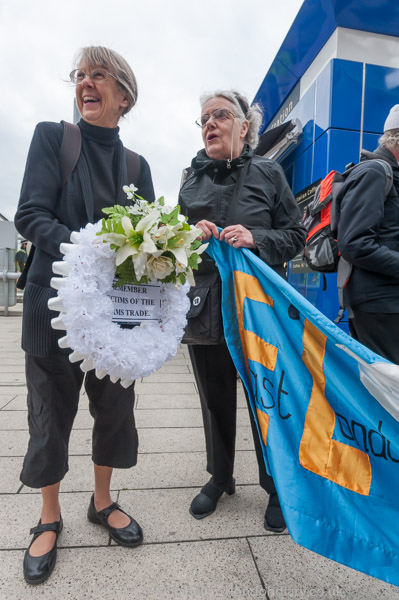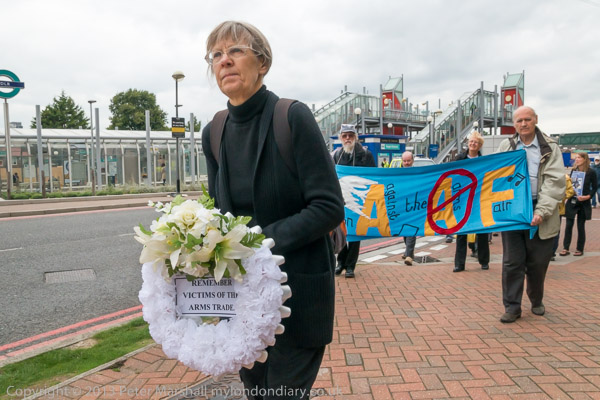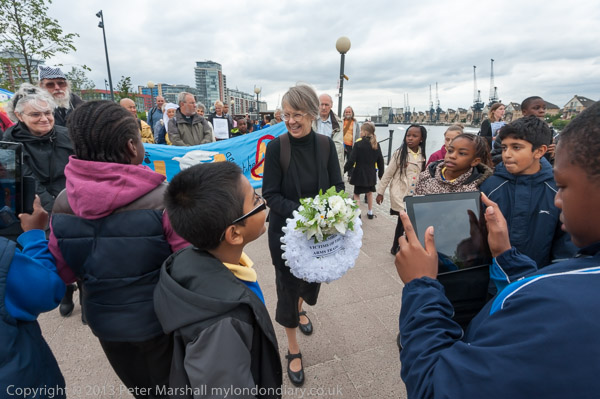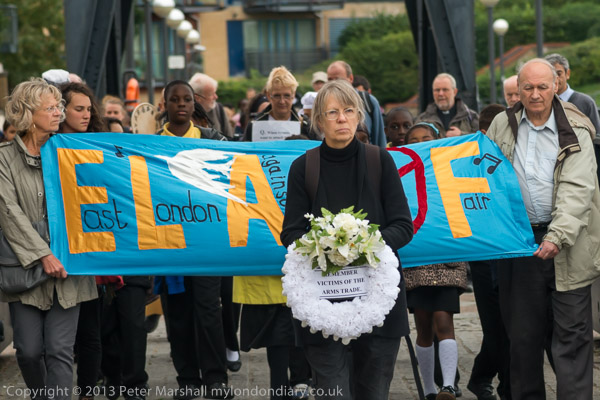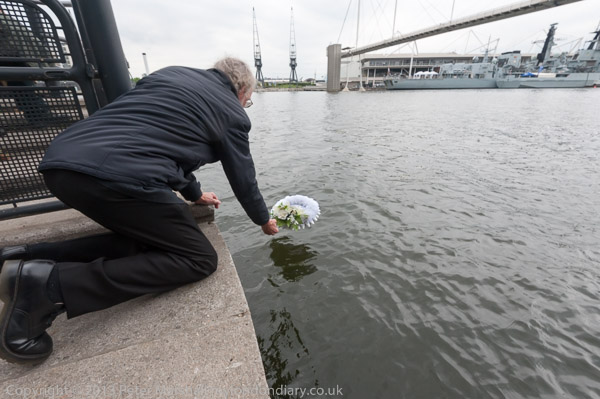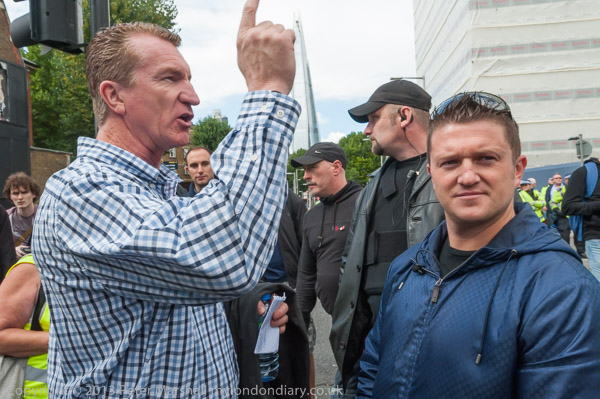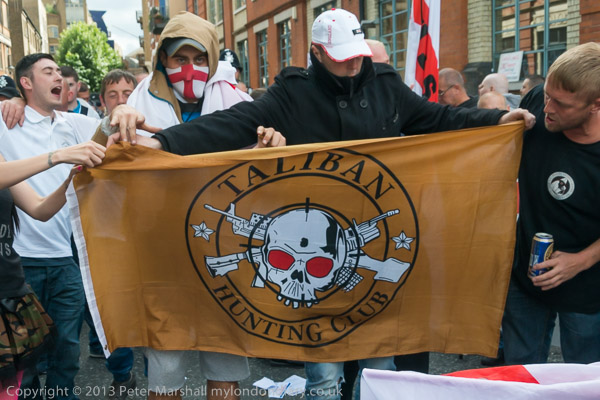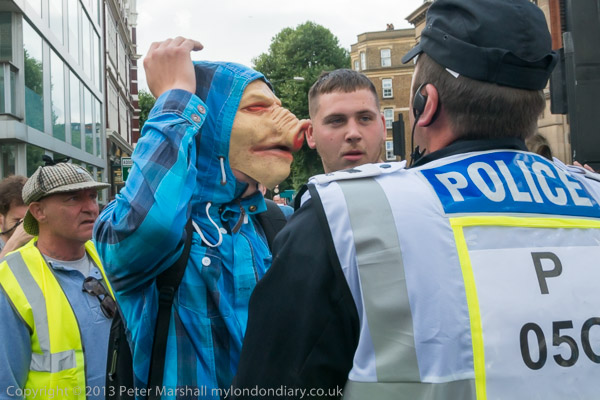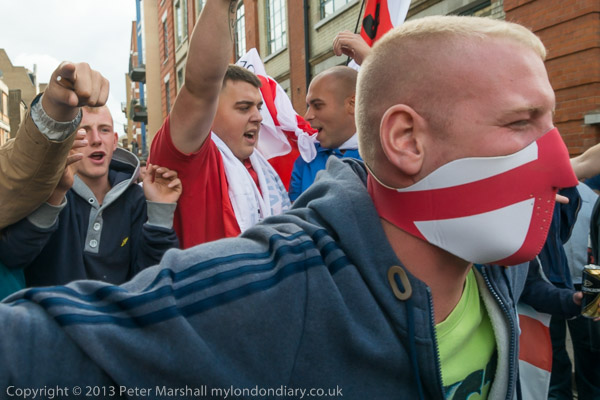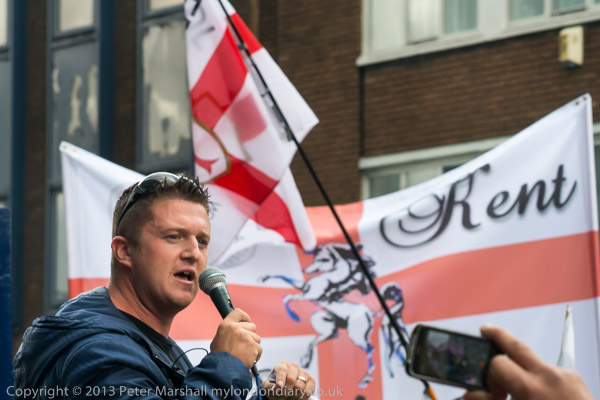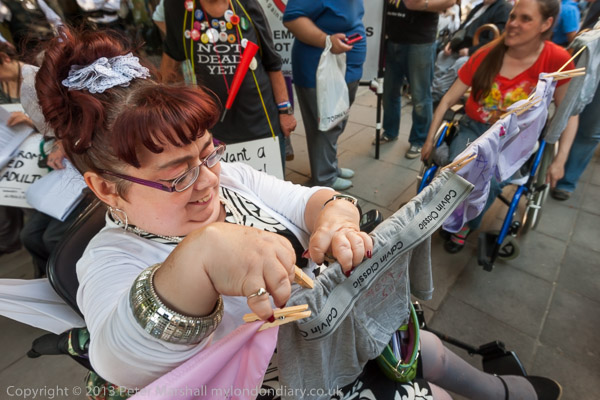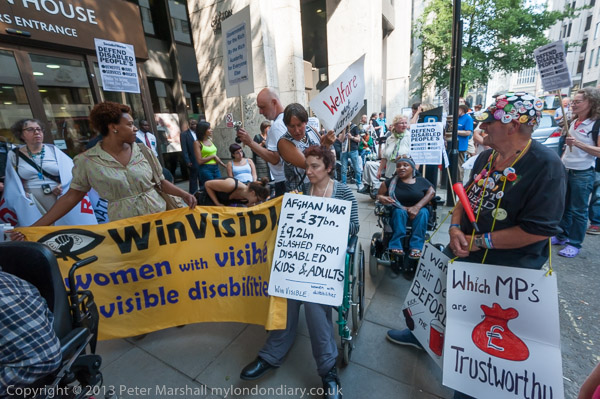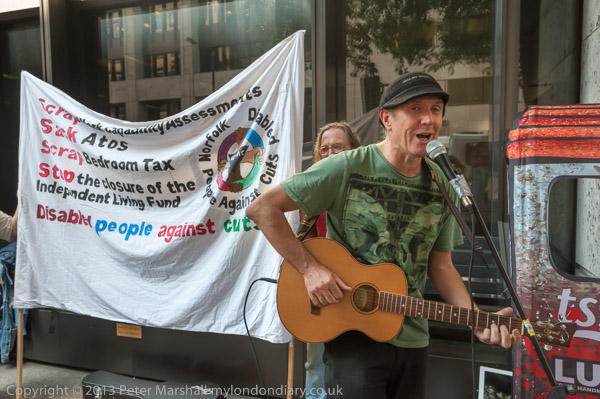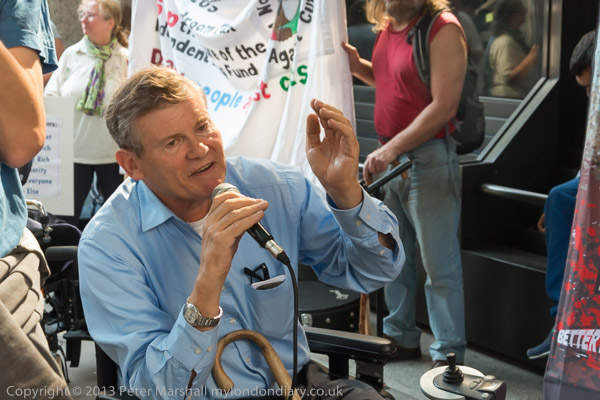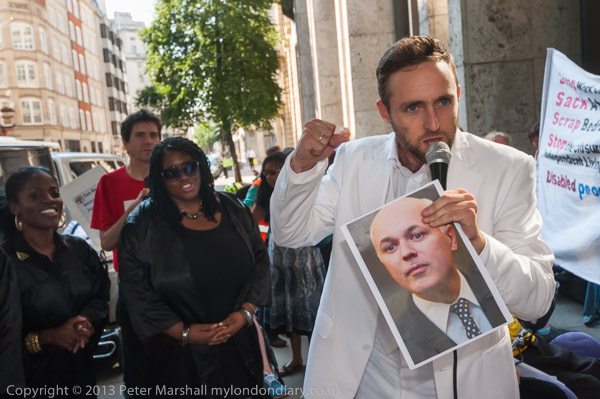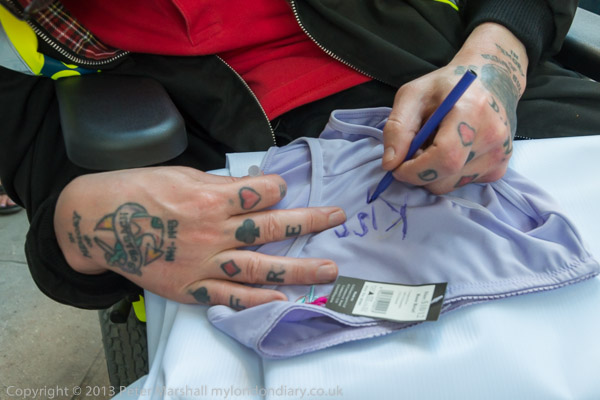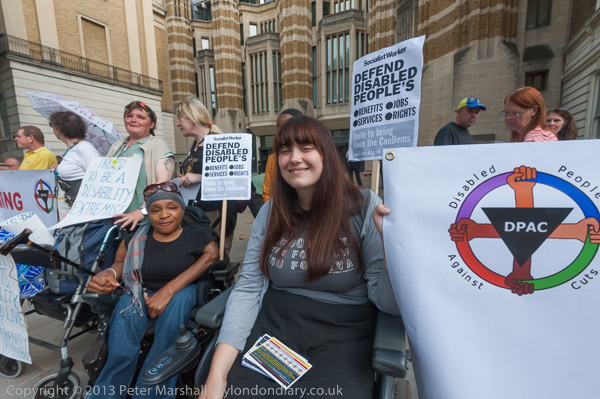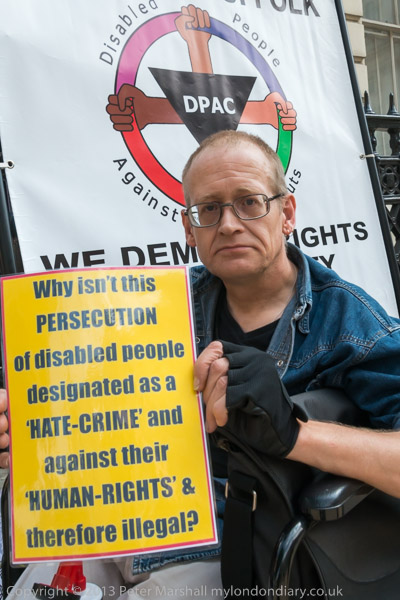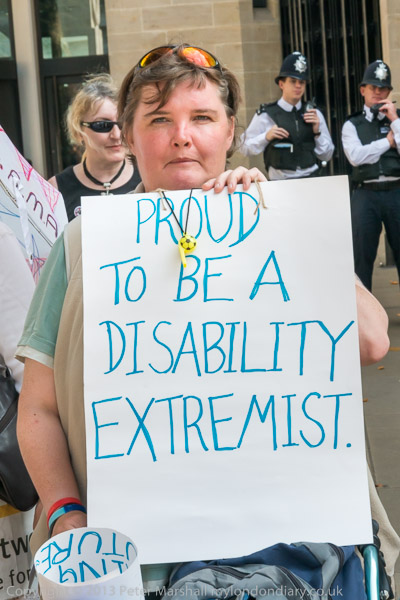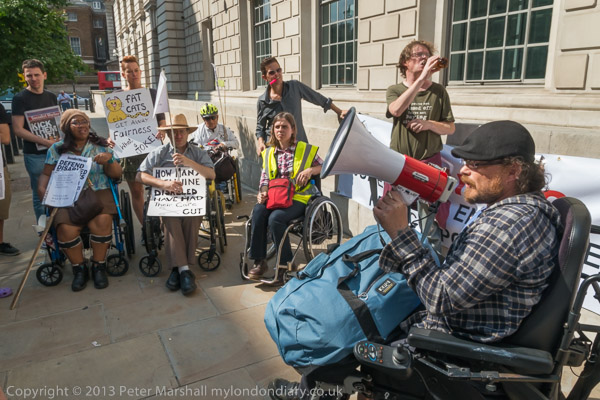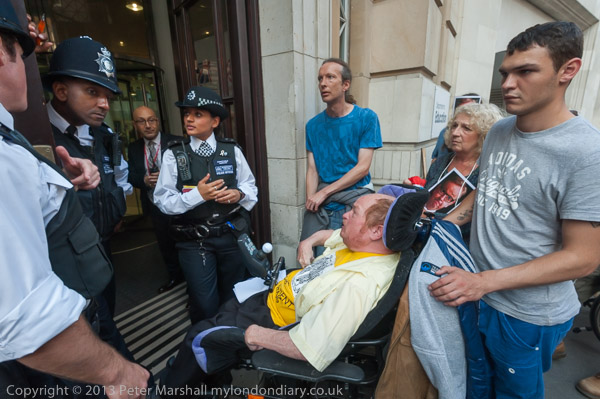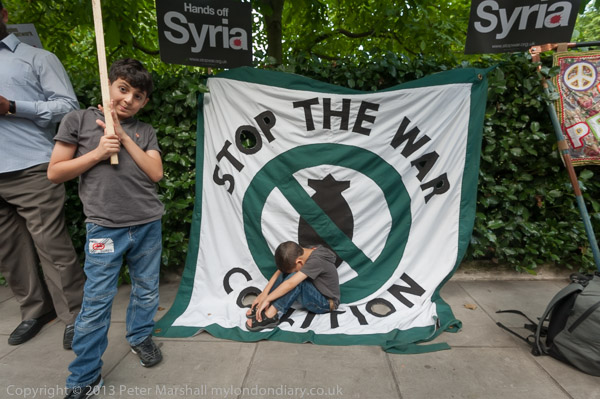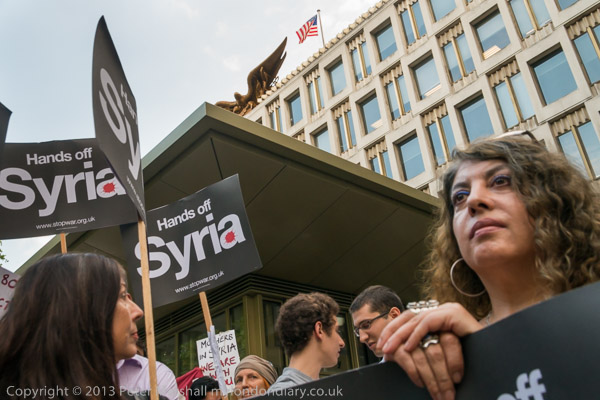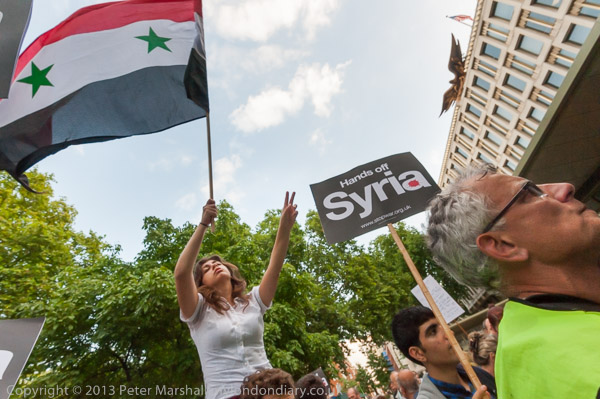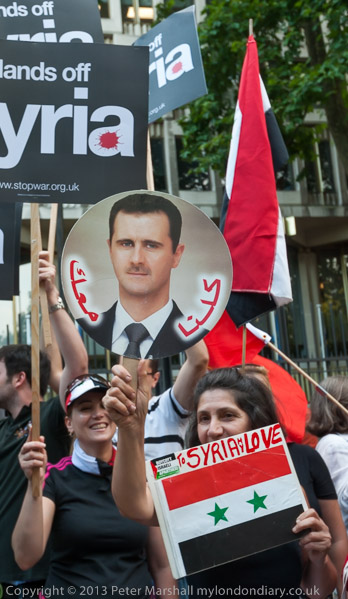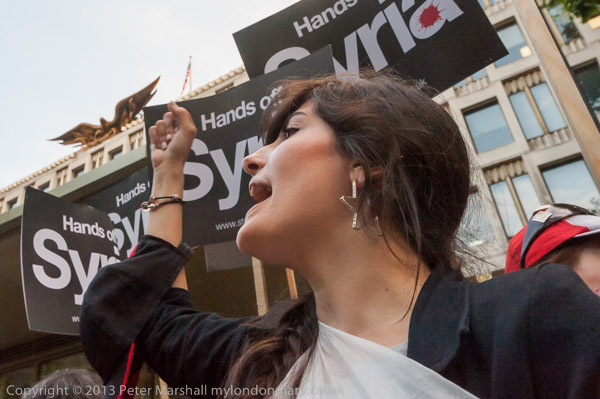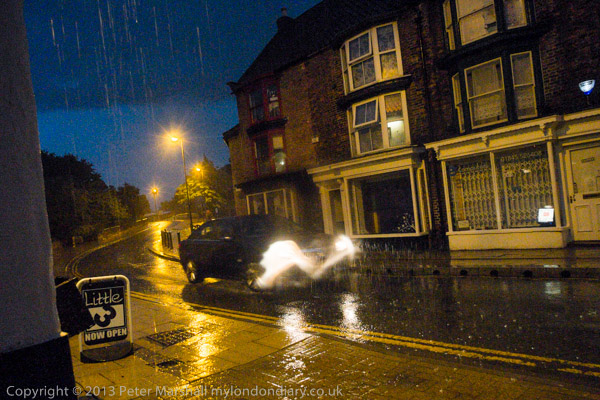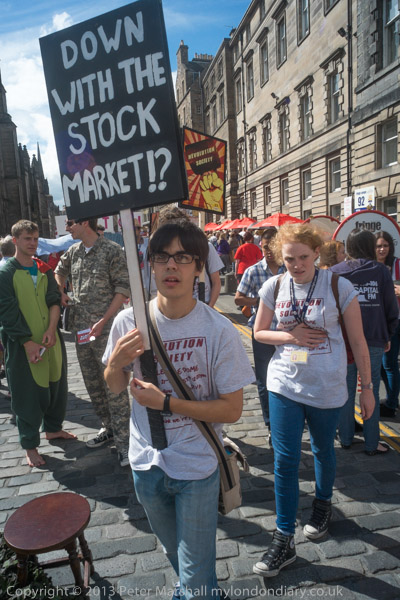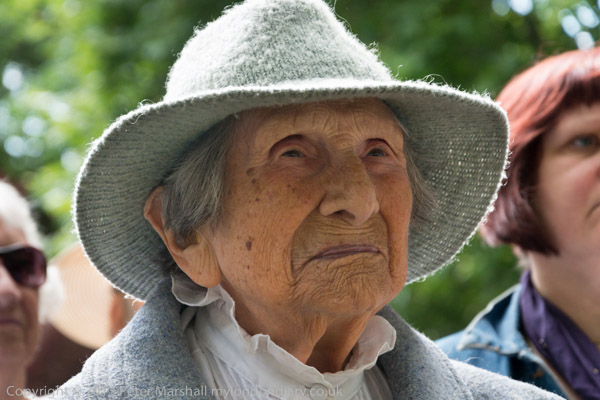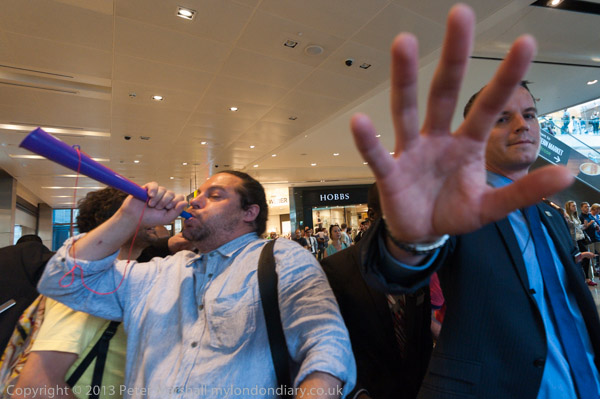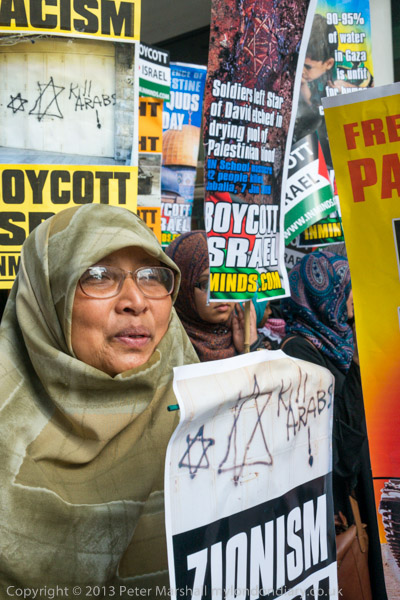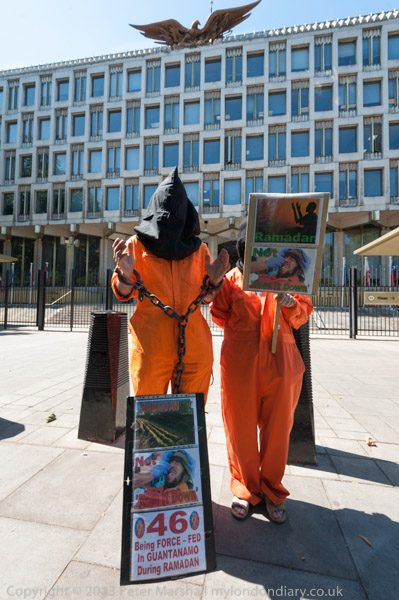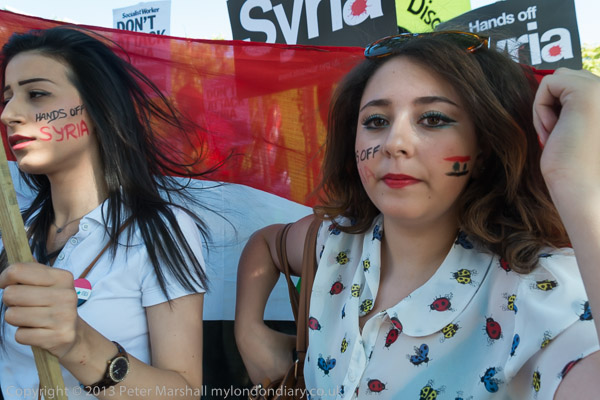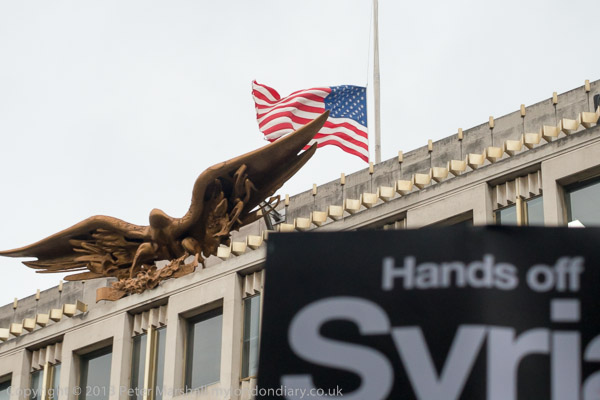
9/11 is one of those events that everyone is supposed to be able to remember what they were doing when it happened. For what it’s worth I was unlocking my bike and preparing to cycle home after a teaching session when a colleague who had lived in New York rushed up to me in some distress and told me what she had just seen on her computer, and I cycled home and switched mine on to find out more about what she had been telling me. It really didn’t look real, though it clearly was (and no, I don’t believe the conspiracy theorists.) Soon I was searching the web for photographs and writing about the photographic coverage of the event, publishing a piece that I think got a normal month’s hits – around a million – in a day.
It wasn’t just the start of the a new era of terrorist threats – and of a US ‘War Against Terror’ with disastrous consequences for Iraq, Afghanistan and elsewhere – but also marked a watershed for photography, or at least news photography. For although there were plenty of pictures by professionals – at times I think almost every other person in New York is a photographer – but the images that truly brought home the horror and the drama of the situation were those taken by people on their phones on their way down the stairs of the towers, or running through the lobbies. There were pictures too of generally tiny dots in mid-air, those who chose to jump to their death rather than wait to be burnt, though I’m not sure I linked to any of those. September 11, 2001 was perhaps the start of ‘citizen journalism’, or at least the first truly major event which it recorded.
Terrible though the events of September 11, 2001 were, in some ways those of 11 September 1973 were worse. The CIA backed coup in Chile brought into power a brutal regime under Pinochet, and although deaths in the actual coup were relatively low, thousands were killed in the in the first months of the military government, and the disappearances and deaths continued, with final estimates of the dead varying between 4,000 and 30,000.
Both events were mentioned in the speeches at the Stop the War protest outside the US Embassy on the day of the anniversary, but the protest was about stopping the US from engaging in military involvement over Syria. It was a relatively small protest, in part because of the poor weather, but also because events had moved and Obama had already drawn back from the threat of imminent attack. Had it not been 9/11 I suspect Stop the War might have cancelled the protest, but I think the anniversary seemed too good an opportunity to miss.
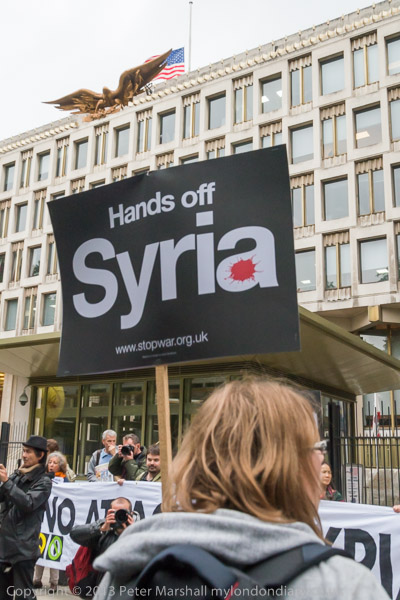
My main problems were the weather and the light. It had got pretty dark by the time I arrived, feeling as if it was around a couple of hour later in the day with heavy cloud cover, and soon afterwards as the protest began, so did the rain. Fortunately I’d taken some pictures of the US flag at half mast, as it soon looked rather bedraggled, which might be appropriate but doesn’t make for good pictures.
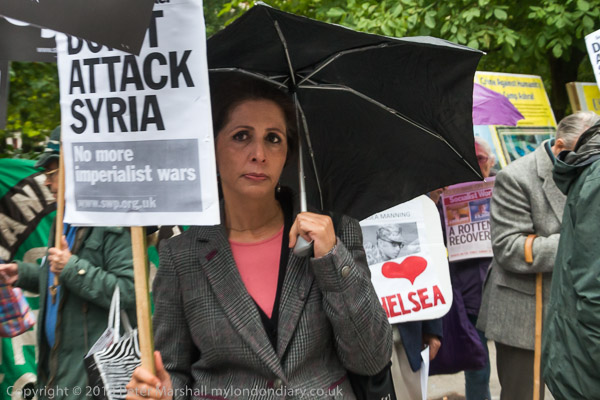
Soon I was taking pictures of people holding umbrellas, and having even more problems with the light. Black umbrellas create some pretty dim areas underneath them and there are problems too with coloured umbrellas.
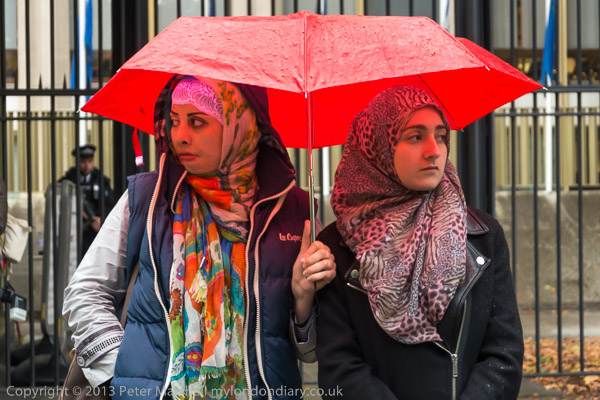
There really was some very red light on the heads of these two women, and it gives them a rather odd appearance. I’ve actually cut it down a bit in this image, by adding a little of a complimentary hue locally in Lightroom, and I could have done more, but decided to keep most of the effect.
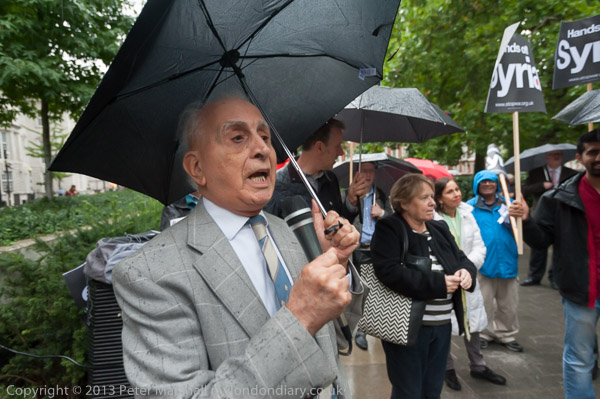
Possibly the umbrellas help in some of the pictures, and visually there was perhaps little of interest otherwise, but the rain isn’t good for taking pictures. Although as usual I kept wiping the drops from the lens filters, as usual some images were spoilt as new drops arrived between wipe and exposure. I always carry a small folding umbrella in my camera bag, but seldom use it while I’m actually taking pictures. It’s hard to find the extra hand you need to hold it when you are taking pictures, and when you are working in a crowd – even a fairly loose one like at this protest – it just gets in the way when you try to move around, catching with other umbrellas. Even if I’d had an assistant to hold one, it would still have been a restriction.
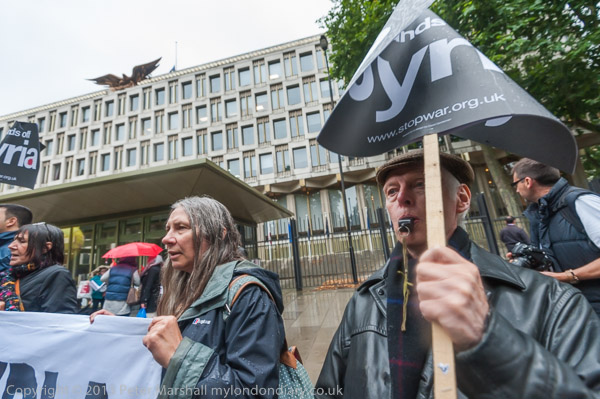
So I got wet, though not quite as we as the people holding the banner. I’m not sure if the placard at the right has collapsed when wet or had been bent down to help shield the holder from the rain. Whichever way it had outlived its usefulness as a placard.
At least the organisers had a good reason to cut down on the speeches, which I wasn’t finding too illuminating, and we left the protest considerably earlier than I’d expected. I wasn’t sorry to get out of the rain and be on my way home.
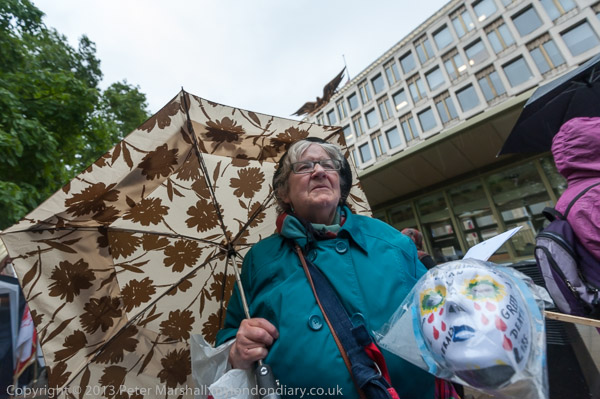
More pictures at 9/11 Protest at US Embassy.
